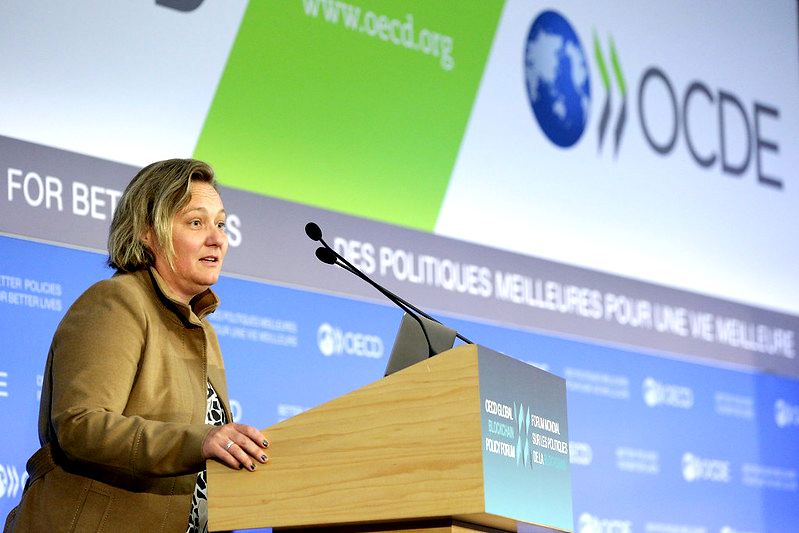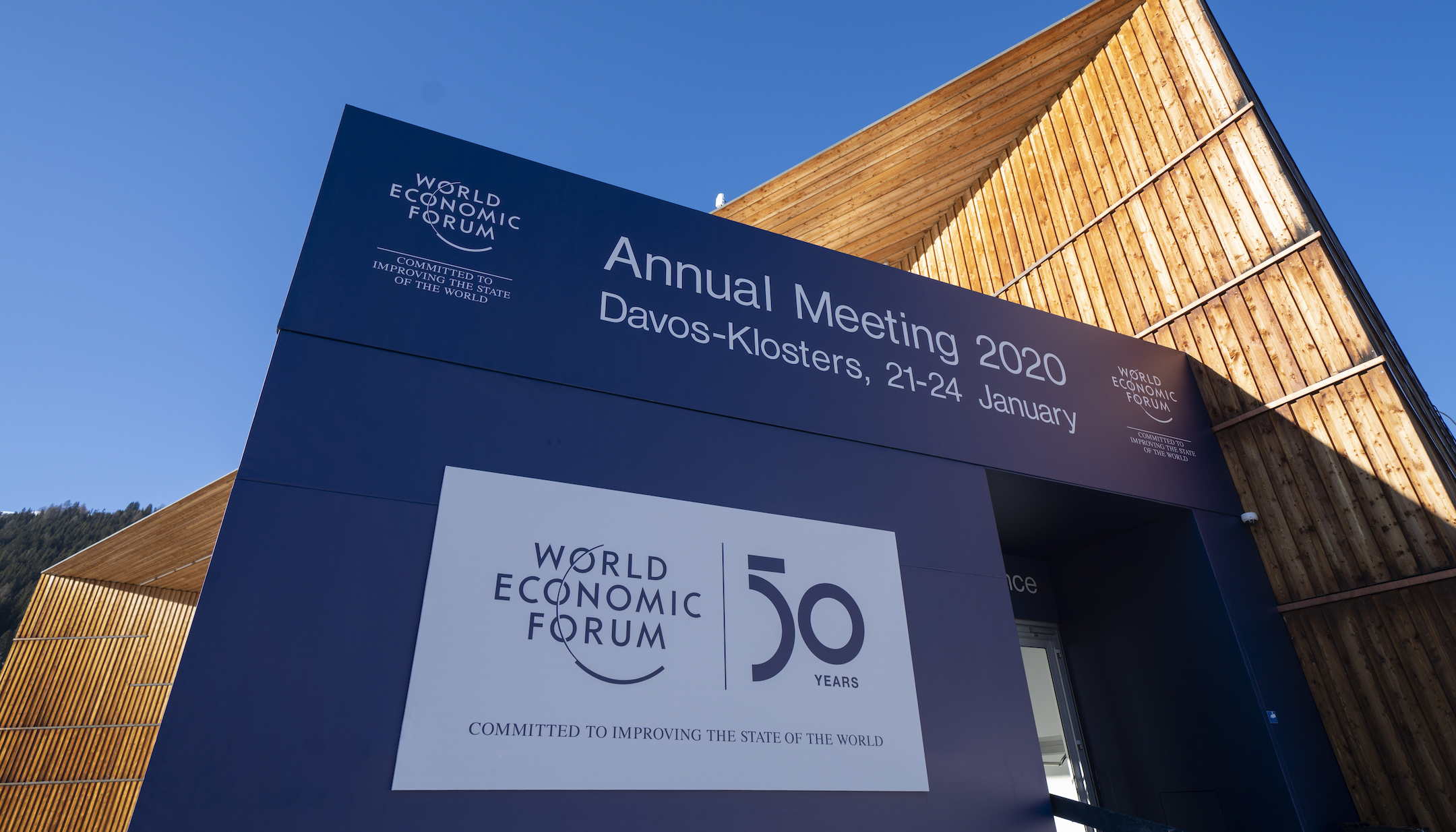Gemstone track and trace methodologies, of which blockchain-enabled gemstones form a significant improvement to foster more transparency, are becoming central to any supply chain required to provide evidence of its responsible business practices.
Compared with diamond mining, for example, the extraction of precious gemstones remains a largely decentralised industry. In fact, fully 80% of gemstones – such as emeralds, rubies and sapphires – are mined by small companies or individuals. This artisanal, small-scale mining takes place in 80 countries worldwide, on every continent besides Antarctica, forming an important economic sector for rural communities in many developing nations.
However, the relative ‘free-for-all’ nature of gemstone mining continues to pose a challenge for human rights, working conditions and environmental protection. Downstream, manufacturing jewelers and retailers are looking towards gemstone blockchain solutions as a way of responding to growing consumer demand for sustainably and ethically sourced jewellery.
When customers buy or are gifted a fine piece of jewellery, part of the thrill of ownership comes from knowing that the gemstones were formed over millions of years – but also that they were mined with full consideration for the planet and people working along the supply chain. Sustainability is, therefore, a commercial imperative.
However, any trust in provenance can be quickly eroded. Gemstones from less responsible mines, synthetics or even imitations can and do enter the early stages of the supply chain. Artificially enhanced natural gemstones are sold without disclosure of the effects of the enhancement. In the absence of authenticated evidence, stakeholders need to buy and sell stones on trust alone.
This lack of transparency is proven to have a direct impact on poor rural communities at the base of the supply chain, whose rights become marginalised. Instead of a fair share of the overall profit, they must endure poor working conditions and trade prices. There is a scant financial incentive on their part to responsibly manage the environmental impact of mining.
The fragmentation of the supply chain also makes it challenging to surface reliable information about a gemstone’s origin, environmental impact, quality and processing. Industry stakeholders are often obliged to make decisions without clear knowledge of where a stone has been, the legacy it’s left behind, or even the key characteristics of a stone.
Blockchain has emerged as an innovative way of encouraging and capturing the flow of reliable information. For example, Everledger uses a symphony of technologies, including an immutable blockchain ledger, to aggregate evidence of a gemstone’s story, such as origin, quality and custody. Everledger helps to turn transparency into a business asset. With the unique identity of each stone surfaced and converged on our platform, stakeholders across the whole value chain can buy and sell with greater confidence.
Everledger is ISO27001-certified, evidencing the highest level of trust on information security and data protection.
While Everledger creates the tools and makes blockchain technology applicable, clients and partners provide industry insights and knowledge around specific supply chains. For example, Gübelin Gem Lab – is the world’s leading gemmological laboratory for examining and determining the authenticity of precious stones. Together, Everledger and Gübelin deliver the Provenance Proof Blockchain to improve traceability in the coloured gemstone industry. The vision has always been to create a simple-to-use and industry-wide accepted digital logbook for each and every gemstone and that every stakeholder automatically adds a new chapter to it once the stones pass through their hands. Finally, the consumer holds the entire journey of the gemstone from the mine to the jewellery in their hands.
Through the blockchain technology of this platform, for instance coupled with Gübelin’s Provenance Proof Emerald Paternity Test, it’s now possible to evidence a stone’s birthplace and trace its journey across the value chain. The Emerald Paternity Test uses tiny DNA-based, particles encoded with the mine’s information to tackle the issue of a stone’s origin. Applied on the gemstone at the source, it enables the full traceability of a stone’s birthplace throughout its lifetime via immutable records on the blockchain.
The information converged from physical tracking technologies such as nanotechnology is securely stored on the industry’s first blockchain for coloured gemstones. A gemstone supported by this initiative is now accompanied throughout its journey by a digital log on the blockchain. The steps in this journey – indicating important details such as the chain of custody – can be entered on the log, where they become secure and unalterable. Additionally, the upstream parties gain an easy-to-use platform to present and market themselves directly all the way through to the consumer.
The user experience is also an important factor that facilitates the adoption of the Provenance Proof Blockchain solution by all players in the industry – from artisanal miners to manufacturers, to jewellery brands, to end consumers. A smartphone can be used for all processes, such as registration and the upload of data. This ensures that the use of the Provenance Proof Blockchain is a truly inclusive solution, convenient for all types and sizes of stakeholders.
The first coloured gemstone was registered on the blockchain during the AGTA GemFair Tucson trade show in February 2019. With the Provenance Proof Blockchain solution open to the entire industry, the origin of any coloured gemstone can now be securely tracked and authenticated. The transparency this brings to the supply chain makes it increasingly difficult for fraudsters and irresponsible businesses to benefit from the shroud of darkness. In doing so, it offers trust and confidence for those who seek to do things right (read more on provenance blockchain company).
All stakeholders in the industry are welcome to join this initiative, and can do so, remarkably, at no cost: there are no charges for the use of this blockchain solution. Both the data contribution and access are completely free of charge. The Gübelin family has been proud to make this contribution to foster transparency in the gemstone industry, and Everledger is happy to enable this vision with cutting edge technology.
The Lake Victoria Region of East Africa is renowned for its rich deposits of minerals and metals. Tanzania, in particular, is blessed with large reserves of coloured gemstones that have turned the city of Arusha into a buzzing international trading hub.
Communities here are faced often with unfair working conditions and trade prices, and poor management of environmental impact. The female population, in particular, is at a disadvantage with lack of financial access, low ability to independently seek employment and limited economic security.
We have partnered with Moyo Gemstones, an ethical gemstone collaboration born in Tanzania. Under Moyo Gemstones, our partner Pact has established a strong relationship with the Tanzanian Women Miners Association (TAWOMA), to verify the legality of mining and trading and confirm responsible practices of mining. Moyo Gemstones uses our blockchain solution for coloured gemstones – the Provenance Proof Blockchain developed with the Gübelin Gem Lab – to track the gemstones mined by the miners in TAWOMA from source.
By allowing the gemstones mined by TAWOMA to be securely traced all the way from miner to market, our solution provides an unalterable record of where a gemstone has been, how it has been processed, and the legacy it leaves behind. It increases transparency throughout the supply chain, empowering the female miners in TAWOMA to work safely, mine better and improve financial security.
“Pact empowers women miners to work safely, improve their financial security and create stable, equitable markets for fair trade, while ensuring they have a voice in creating solutions to their challenges,” explained Rebecca Villalobos, gemstones programme manager for Pact at the time. “We work with Everledger and Gübelin for their deep expertise and their willingness to co-design the program with the community.”
This is one example of many where we have taken the technology into remote communities. Together with Gübelin, we continue to expand this technology to other communities with similar profiles, to eventually include the entire coloured gemstones industry. In the long term, we believe this can create what has long been needed in the gemstones industry: stable, equitable markets for fair trade.










